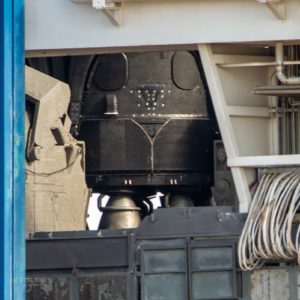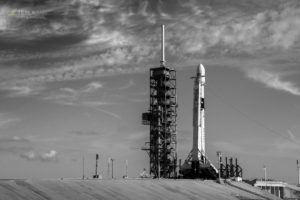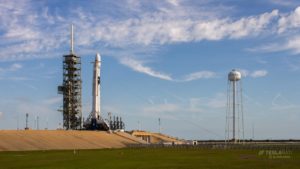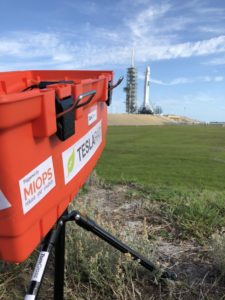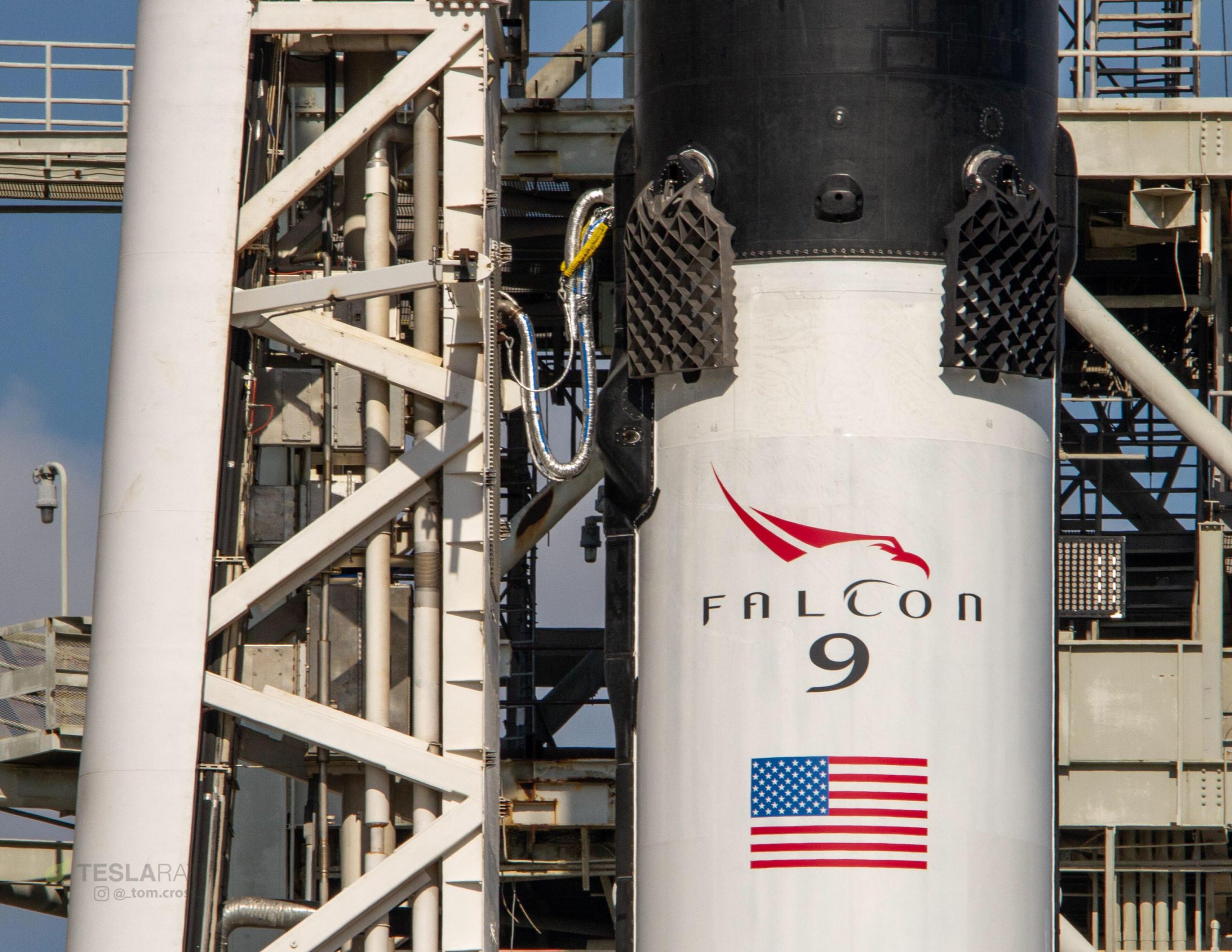
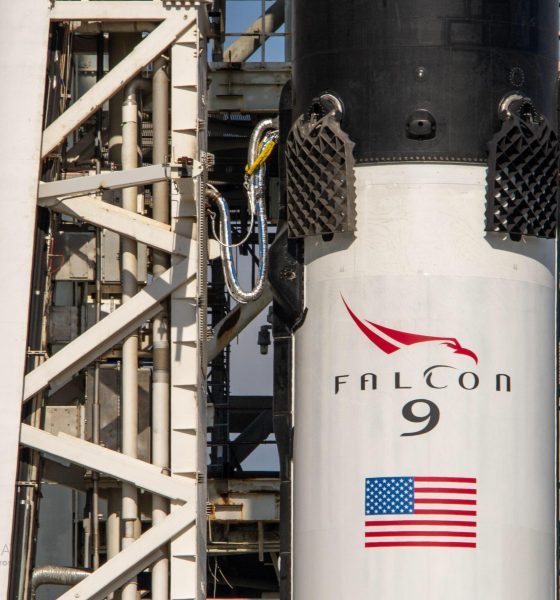
SpaceX
SpaceX expects 100s of Falcon 9 launches with fleet of 30 rockets, says Elon Musk
In a blissfully detailed prelaunch briefing, SpaceX CEO delved into the details of the audacious future ahead of the company’s new flagship rocket, Falcon 9 Block 5. While he made it clear that reliability, safety, and mission success are the primary focus of the vehicle, Musk did not shy away from emphasizing his immense confidence and optimism for Falcon 9 Block 5 – confidence that was validated
- F9 B1046 offers a glimpse of its Block 5 Merlins, octaweb, and heat shielding. (Tom Cross)
- SpaceX’s first Block 5 Falcon 9 prepares for its debut launch from Pad 39A, May 2018. (Tom Cross)
Most prominently, Falcon 9 has a long and productive future ahead of it, barring wildly unforeseen circumstances. Musk expressed SpaceX’s intent to build a fleet of 30 to 50 additional Block 5 boosters intended to support a minimum of three hundred Falcon 9 launches before the family of rockets is retired. The purpose-built reliable and reusable vehicle is further intended to be capable of as many as ten launches with “literally no action taken between flights,” a “ridiculously hard” technological achievement only possible through a decade and a half of “extreme effort.”
The CEO was extremely vocal about his pride in the company and the thousands of engineers, technicians, fabricators, and staff that made it all possible. If the “unequivocal intent” of the upgraded rocket’s design translates into operational reality over the next several months, Musk frankly stated that the vehicle will be the most reliable rocket ever built while simultaneously paving the way to aircraft-like reusability and a price floor as low as $5-6 million per launch.
https://twitter.com/_TomCross_/status/994607052466114561
Although SpaceX fully intends to recoup its considerable investments (likely approaching $2 billion for Falcon 9 and Heavy) and ensure that a reliable stream of income is available for BFR, Starlink, and other R&D projects, the cost of a flight-proven booster is now reportedly down to roughly $50 million per launch, nearly 20% lower than the listed base price of $62 million. Consequently, reusability is already saving customers large sums of money and ensuring that Falcon 9 remains the absolute cheapest vehicle for the performance, a trend Musk indicated would continue for the indefinite future as SpaceX decreases costs, expands and improves reusability, and recoups a satisfactory proportion of their investments.
Altogether, Musk’s in-depth discussion of Falcon 9 Block 5 paints the rocket as a near-complete redesign – if it flies successfully, Block 5 will essentially become the rocket SpaceX set out to build at the turn of the millennium. A fully-reusable Falcon 9 will realize that dream, and the CEO is “certain” that SpaceX can and will build it – BFR may be the new aspiration, but Falcon 9 will continue to be the company’s proving ground for years to come.
- Falcon 9 B1046 – the first Block 5 booster – is prepared for an inaugural launch on May 10. (Tom Cross)
- Launch photographer Tom Cross has set up an army of remote cameras to capture the historic moment. (Tom Cross)
The first Falcon 9 Block 5 was scheduled to launch May 10 from Kennedy Space Center’s Pad 39A but suffered a last-minute automated abort that pushed the mission over the bounds of its launch window. The launch has been tentatively recycled for May 11 and the new window opens at 4:14pm EST.
Follow us for live updates, behind-the-scenes sneak peeks, and a sea of beautiful photos from our East and West coast photographers.
Teslarati – Instagram – Twitter
Tom Cross – Twitter
Pauline Acalin – Twitter
Eric Ralph – Twitter

Elon Musk
SpaceX’s next project will produce Starships at a level that sounds impossible
1,000 rockets per year is an insane number, especially considering Starship’s sheer size.
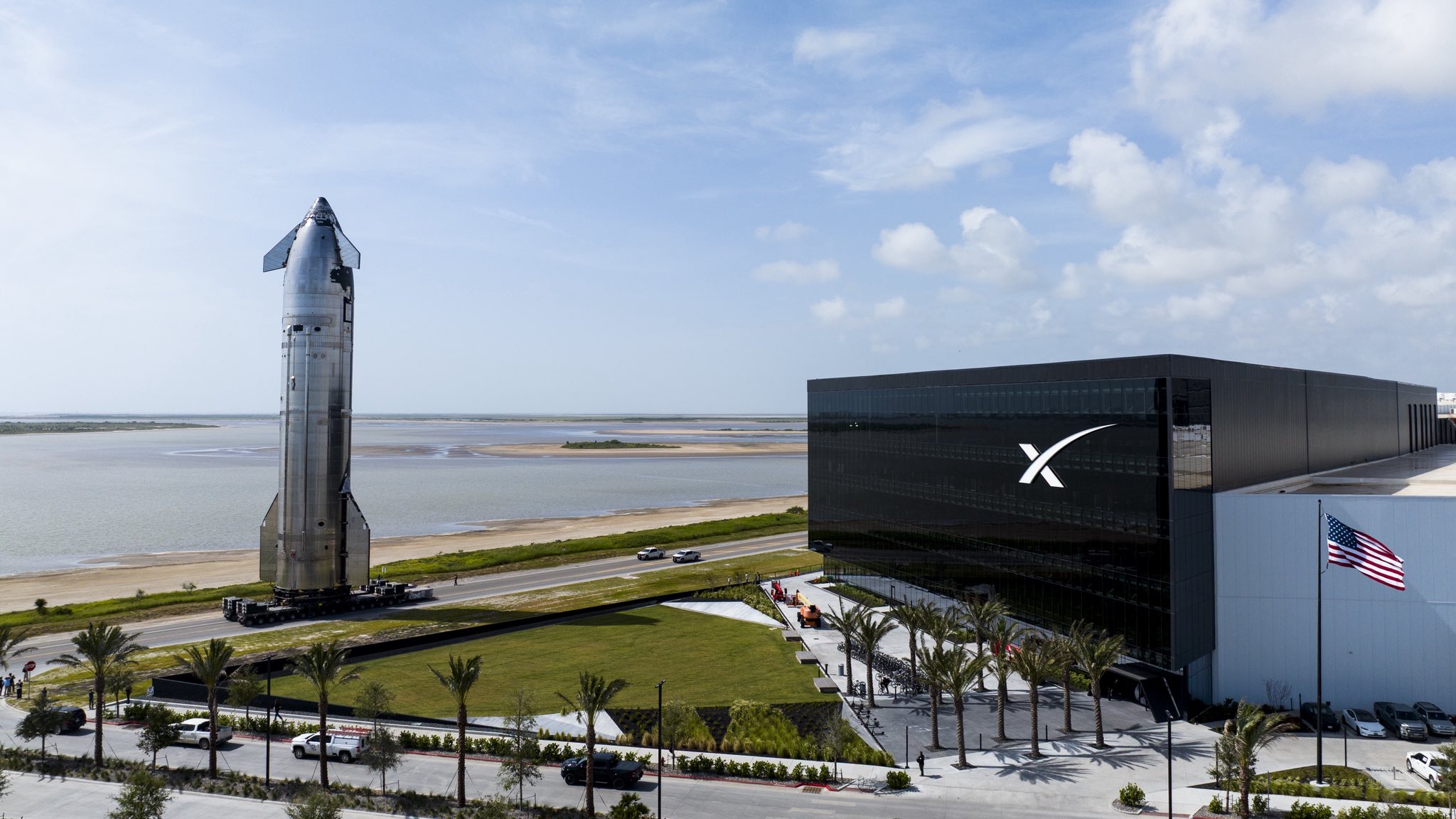
Elon Musk has revealed bold plans for SpaceX’s newest Starbase facility in Texas, predicting it will become a birthplace for “so many spaceships.” The upcoming “Gigabay,” a massive $250 million production hub in Starbase, Texas, is designed to manufacture up to 1,000 Starship rockets per year.
That’s an insane number of rockets for a single facility, especially considering Starship’s sheer size.
One of the world’s largest industrial structures
SpaceX’s Gigabay is expected to stand roughly 380 feet tall and enclose 46.5 million cubic feet of interior space, making it one of the largest industrial structures to date. The facility will feature 24 dedicated work cells for assembling and refurbishing Starship and Super Heavy vehicles, complete with heavy-duty cranes capable of lifting up to 400 U.S. tons, as noted in a Times of India report.
Construction crews have already placed four tower cranes on-site, with completion targeted for December 2026. Once operational, the Gigabay is expected to boost SpaceX’s launch cadence dramatically, as it would be able to build up to 1,000 reusable Starships per year, as noted in a report from the Dallas Express. Musk stated that the Gigabay will be “one of the biggest structures in the world” and hinted that it represents a major leap in Starbase’s evolution from test site to full-scale production hub.
A key step toward Mars and beyond
Starship is SpaceX’s heavy-lift rocket system, and it remains a key part of Elon Musk’s vision of a multiplanetary future. The vehicle can carry 100–150 tonnes to low Earth orbit and up to 250 tonnes in expendable mode. With several successful flights to date, including a perfect 11th test flight, the Starship program continues to refine its reusable launch system ahead of crewed lunar missions under NASA’s Artemis initiative.
Starship is unlike any other spacecraft that has been produced in the past. As per Elon Musk, Starship is a “planet-colonizer” class rocket, as the magnitude of such a task “makes other space transport task trivial.” Considering Starship’s capabilities, it could indeed become the spacecraft that makes a Moon or Mars base feasible.
Cybertruck
Tesla Cybertruck fleet takes over at SpaceX’s Starbase
Interestingly, the Cybertruck uses the same exterior, a stainless steel alloy, as SpaceX rockets. This synergy between the two companies and their very different products shows a very unified mentality between Musk companies.
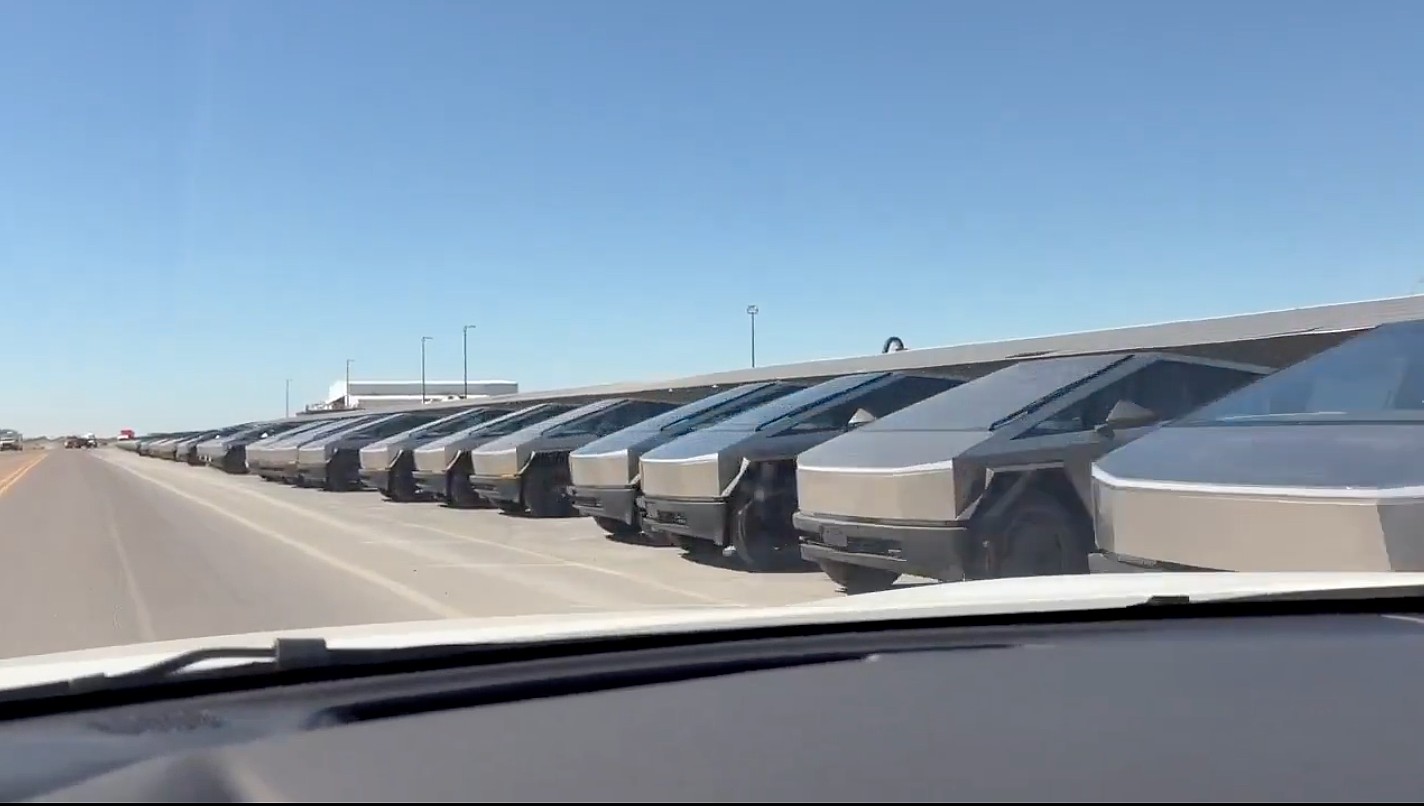
Tesla Cybertrucks have taken over at SpaceX’s Starbase facility in Texas, as hundreds of the all-electric pickup trucks were spotted late last week rounding out a massive fleet of vehicles.
The Cybertruck fleet is geared toward replacing gas vehicles that are used at Starbase for everyday operations. The only surprise about this is that it was not done sooner:
Was just visiting. pic.twitter.com/5Q9wPPaeuH
— Derek Li (@derek1ee) October 31, 2025
Deliveries have been going on for a few weeks, as Cybertrucks have made their way across the state of Texas from Austin to Starbase so they could be included in SpaceX’s fleet of vehicles at the facility.
Interestingly, the Cybertruck uses the same exterior, a stainless steel alloy, as SpaceX rockets. This synergy between the two companies and their very different products shows a very unified mentality between Musk companies.
However, there are some other perspectives to consider as SpaceX is utilizing such a massive fleet of Cybertrucks. Some media outlets (unsurprisingly) are seeing this as a move of weakness by both Tesla and SpaceX, as the aerospace company is, in a sense, “bailing out” lagging sales for the all-electric pickup.
It’s no secret that Tesla has struggled with the Cybertruck this year, and deliveries have been underwhelming in the sense that the company was anticipating between 1 million and 2 million orders for the vehicle before it was widely produced.
A lot of things changed with the Cybertruck between its 2019 unveiling and 2023 initial deliveries, most notably, price.
The price of the Cybertruck swelled significantly and priced out many of those who had pre-ordered it. Some have weighed the option of whether this purchase was a way to get rid of sitting inventory.
However, it seems more logical to consider the fact that SpaceX was likely always going to transition to Teslas for its fleet, especially at Starship, at some point.
It doesn’t seem out of the question that one Musk company would utilize another Musk company’s products, especially considering the Cybertruck has been teased as the vehicle that would be present on Mars.
News
SpaceX successfully launches 100th Starlink mission of 2025
With 100 Starlink missions completed for 2025, space enthusiasts have noted that SpaceX has successfully launched 2,554 Starlink satellites so far this year.
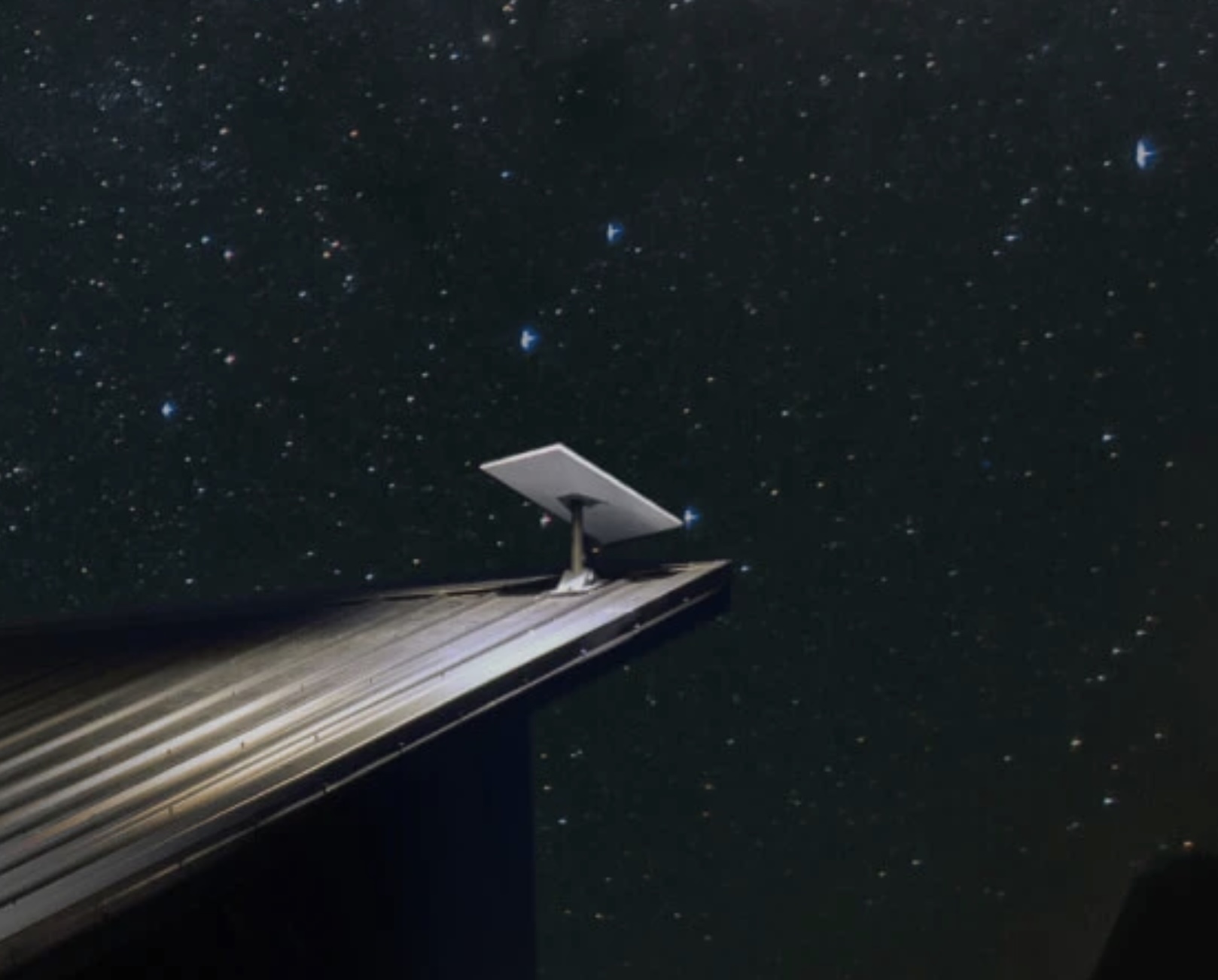
SpaceX achieved its 100th Starlink mission of the year on Friday, October 31, marking another milestone for 2025.
A Falcon 9 rocket carrying 28 Starlink broadband satellites successfully lifted off from Vandenberg Space Force Base in California at 4:41 p.m. ET, carrying another 28 Starlink satellites to Low Earth Orbit (LEO).
Falcon 9 booster’s 29th flight
Roughly 8.5 minutes after liftoff, the Falcon 9’s first stage touched down on the drone ship Of Course I Still Love You in the Pacific Ocean. This marked the booster’s 29th flight, which is approaching SpaceX’s reuse record of 31 missions.
This latest mission adds to SpaceX’s impressive 138 Falcon 9 launches in 2025, 99 of which were dedicated to Starlink, according to Space.com. The company’s focus on reusing boosters has enabled this breakneck pace, with multiple launches each week supporting both Starlink’s expansion and external customers.
Starlink’s network continues massive global expansion
Starlink remains the largest active satellite constellation in history, with more than 10,000 satellites launched, nearly 8,800 of which are currently active. SpaceX recently achieved Starlink’s 10,000-satellite milestone. With 100 Starlink missions completed for 2025, space enthusiasts have noted that SpaceX has successfully launched 2,554 Starlink satellites so far this year.
Starlink, which provides high-speed, low-latency internet connectivity even to the world’s most remote areas, has been proven to be life-changing technology for people across the globe. The service is currently operational in about 150 countries, and it currently has over 5 million subscribers worldwide. From this number, 2.7 million joined over the past year.
